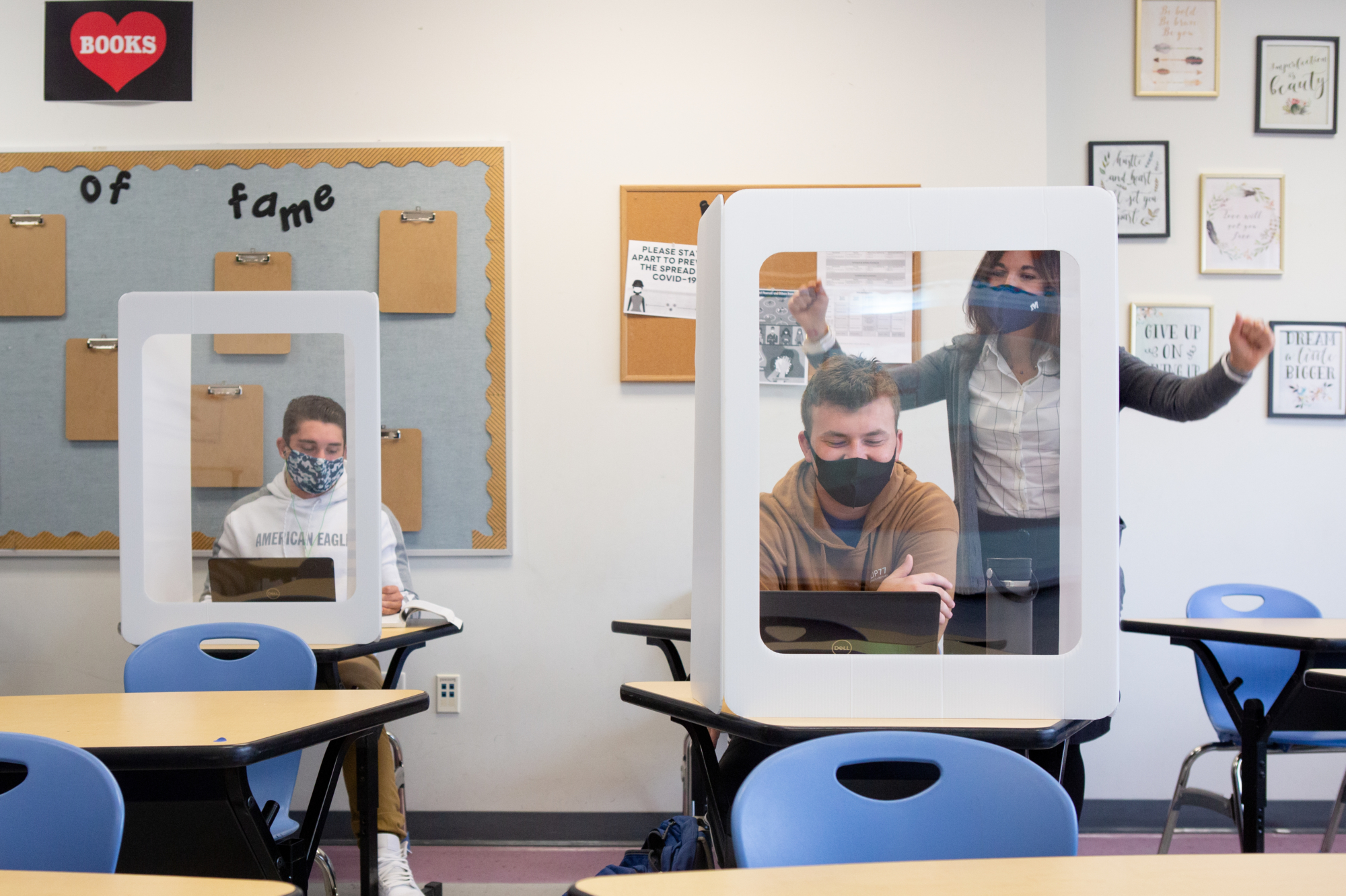AUTHOR
Tom Armelino
One does not have to look hard to find evidence that when you close schools due to a pandemic, students’ social, emotional and academic needs are affected.
Despite heroic efforts to quickly shift to distance learning, achievement and equity gaps remain, and in most cases, are exacerbated. To address loss of learning and widening of achievement gaps, I recommend considering the following five key areas to assure schools are prepared to assess and address these gaps of inequity and subsequent impacts on student learning.
Address students’ social and emotional well-being first
Whether in school classrooms or at home, students need to feel emotionally safe, valued and cared for. Although eager to determine loss of learning, schools must first prioritize the measurement of school climate, leveraging social and emotional learning to build important foundations for learning.
With social and emotional learning at the forefront, educators should focus their efforts on strengthening relationships with every student and building community within the classroom through trauma-informed practices and re-engagement strategies.
Develop plans that include comprehensive approaches to formative assessments
With deep levels of attention focused on identifying the social and emotional needs of students as the foundation for learning, plans that include comprehensive approaches to formative assessments, which help teachers understand how well their students are learning on an ongoing basis, will be necessary to guide instructional decisions and resource allocations. School leaders will likely feel pressure to use “off-the-shelf” assessments, such as Star Reading, Star MATH and DORA (Diagnostic Online Reading Assessment).
Yet, the focus should be on the use of assessments that already exist and are aligned with the adopted instructional materials and text to provide stability for students and staff, and to help determine learning gaps in content knowledge and skill.
For example, as CDE Guidance on Diagnostic and Formative Assessments recommends, “teachers can use tools such as rubrics to clarify expectations and to provide feedback; journals, quick writes and discussions to see what students are thinking; pre-tests and exit tickets to see where they are at the beginning and end of class; strategic questioning and performance tasks during the lesson; observations of students working in small groups; student work samples and a variety of others.”
Further, the value of teacher knowledge should not be underestimated. It is essential that school leaders provide teachers with opportunities to collaborate and discuss concepts not taught or reinforced during the pandemic.
Prior to reopening, it will be important to assess a broad set of indicators, such as student access to technology, connectivity and high-quality curricula, in addition to student attendance and engagement in remote learning, and experience with trauma and/or food or housing insecurity. Parents should also be surveyed to triangulate vital information regarding their child’s social, emotional and academic needs experienced during distance learning in the spring.
Address individual student skills and re-teach concepts not taught in the prior year
Schools should be wary of focusing on remediation, and instead should focus on improving the quality of core instruction in different learning scenarios. Lessons learned after Hurricane Katrina found students in the elementary grades did best when efforts were made to support the skills and concepts needed to learn grade-level content.
Students in the upper grades had the most success with “spiraling” techniques, where topics such as math and science that are traditionally taught in blocks, chapters or units of study over a short period of time are instead introduced in smaller chunks, spread out over a longer period of time and teachers come back to the topic multiple times over the duration of the grade or course and going deeper each time.
Invest in high-quality professional learning and instructional materials
School and district budgets will be compromised and the costs to create safe and well-maintained learning environments will be significant. Investing in high-quality professional learning and instructional materials to support teachers and paraeducators will be key to the success of students when they return in the fall.
Resources such as the TNTP Learning Acceleration Guide, the CCEE Continuity of Learning Playbooks and other references such as Learning as We Go: Principles for Effective Assessment During the COVID-19 Pandemic from The Evidence Project and What Post-Katrina New Orleans Can Teach Schools About COVID-19 Learning Loss from CRPE (Center on Reinventing Public Education) can provide research, tools and practical solutions to prepare schools and districts to reopen in the fall.
Be active and transparent in communicating with families and the community
While plans are still in development and it will be difficult to predict what will happen in the coming months, schools must be intentional in their actions to communicate with staff, families and the community in an active and transparent way. This requires honest two-way communication providing opportunities for parent and community feedback.
Efforts should be made to clearly articulate plans to protect the wellbeing and safety of students and staff, in conjunction with addressing the social, emotional and academic needs of their children. Open and transparent communication efforts show empathy, build trust, instill and maintain confidence to demonstrate a long-term view that schools are prepared to address and assess the needs of students despite the challenges of the Covid-19 pandemic.
These are complex times. Having plans in place to identify and support student needs will best prepare schools to navigate these new challenges as they arise. We must get this right — students and families are counting on us.
